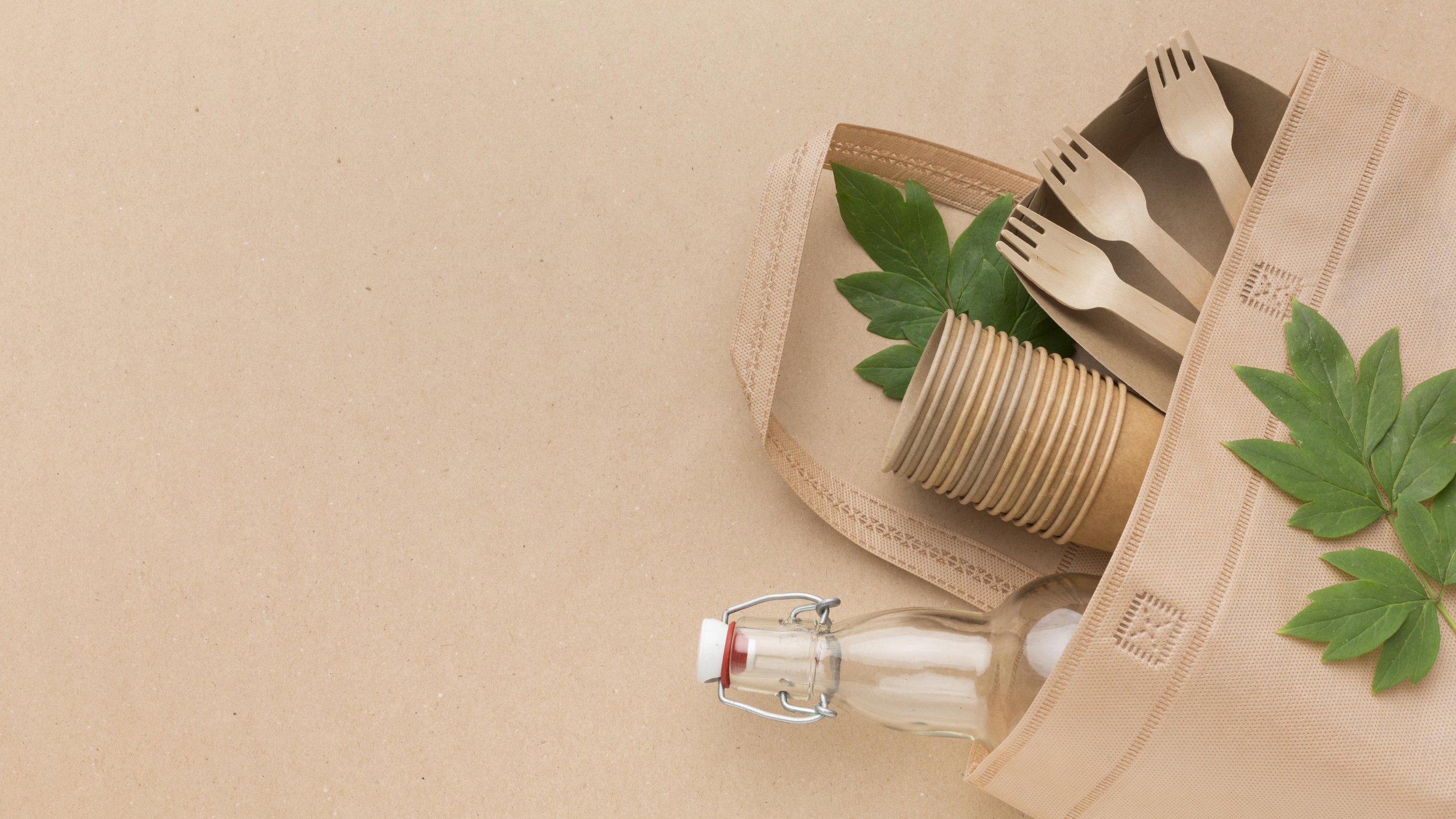The Green Wave: How Eco-Friendly Branding is Reshaping the US Design Market
Image by Freepik
Sustainability is no longer a niche concern; it's a defining force influencing consumer behavior and driving innovation across industries. The design market is no exception, with eco-friendly branding gaining more popularity. This trend is rising due to several factors, making it a force to influence the audience.
Consumer Demand for Sustainability:
A 2022 study by McKinsey & Company reveals that 70% of global consumers are willing to pay a premium price for eco-friendly products. This shift in values is particularly strong in the US, where a 2023 Cone Communications study found that 83% of consumers consider sustainability a factor when making purchasing decisions. In today’s market, if brands fail to embrace eco-friendly practices in their products, they risk losing ground in this conscious industry.
Regulatory Landscape and Environmental Concerns:
The US government is actively pushing for eco-friendly practices. The 2020 Paris Agreement commitment and initiatives like the Green New Deal highlight an increasing focus on environmental protection. Additionally, consumers are becoming aware of the topics of climate change and resource depletion, which is resulting in consumers seeking brands that align with their values.
Innovation and Cost-Effectiveness:
Eco-friendly practices are no longer expensive. Technological advancements have led to a wider range of affordable, sustainable materials like recycled paper, organic cotton, and biodegradable plastics. Furthermore, adopting sustainable practices can reduce waste and resource consumption, leading to long-term cost savings.
Branding for the Future:
Now let’s see what is eco-friendly branding. It is not just about using recycled materials; it's about creating a brand identity that resonates with sustainability-conscious consumers. This includes communication about sourcing, production processes, and commitment to environmental responsibility. Brands that can successfully achieve sustainable practices have an emotional connection with consumers and build long-term loyalty.
Examples of Eco-Friendly Branding in Action:
Patagonia: This brand is known for its commitment to environmental activism and repairing used clothing. Patagonia has built a loyal following among sustainability-conscious consumers.
All Birds: Using innovative materials like merino wool and recycled plastic, All Birds offers stylish and sustainable footwear choices.
The Body Shop: This beauty brand uses recycled materials in its packaging, resonating with eco-conscious consumers.
The Future of Eco-Friendly Branding:
The rise of eco-friendly branding is not a trend; it is a permanent shift in consumer behavior and market expectations. As regulations are becoming strict and consumers have deep environmental concerns, brands that prioritize sustainability will not only gain a competitive edge but also align with the values of the future. Investing in eco-friendly design practices is not just an ethical choice; it is a smart business decision that ensures your brand will remain relevant and successful in the coming years too.

